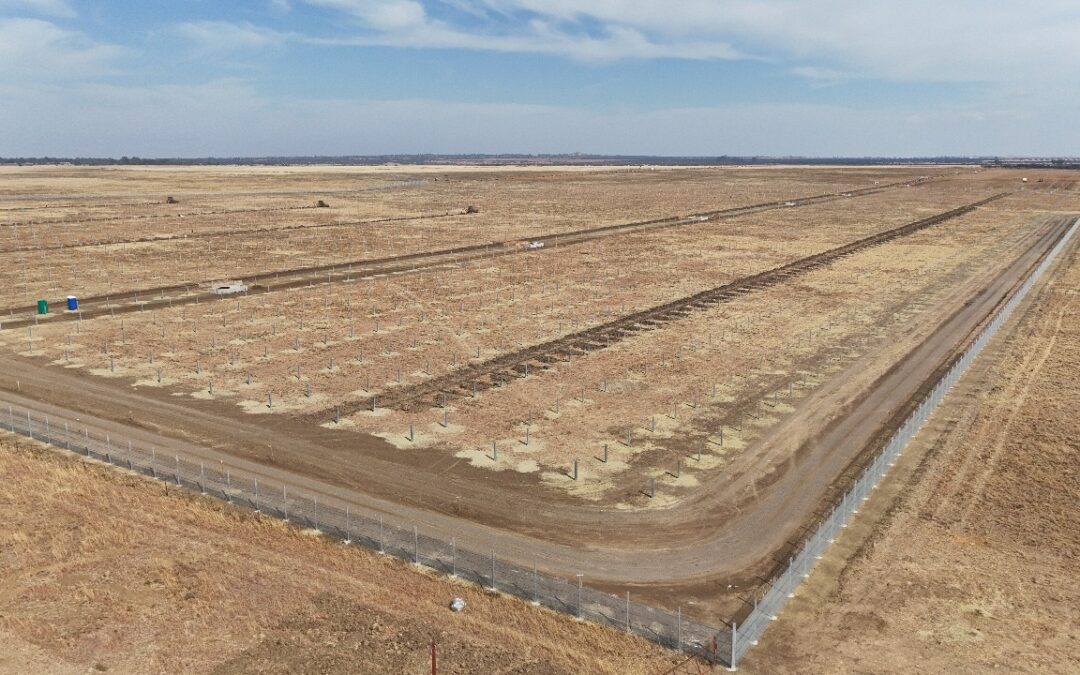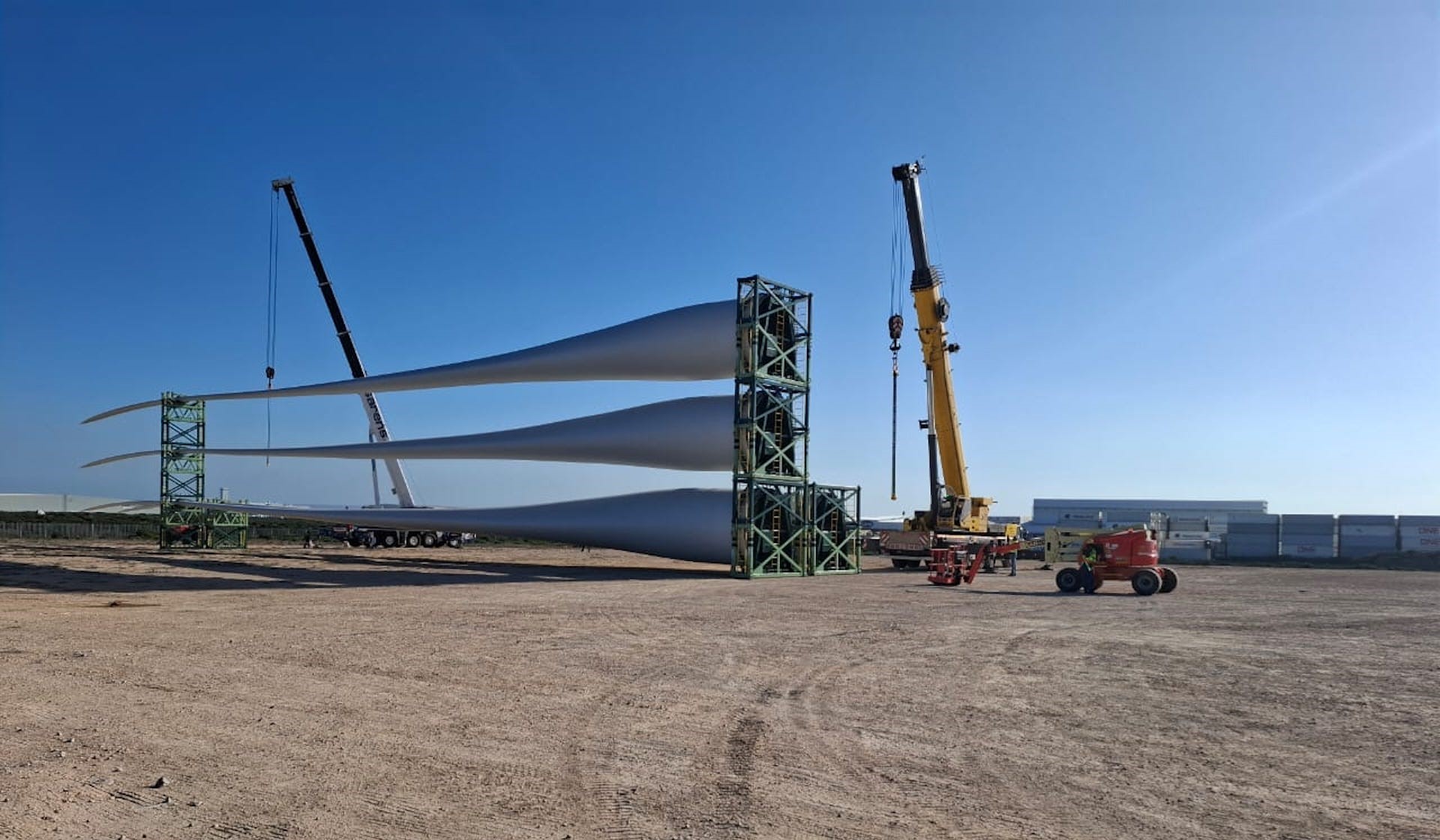Second phase to include Battery Energy Storage System (BESS) as NOA advances renewable energy reliability and scalability in the private energy market.
NOA Group has announced financial close on the 157MW Khauta West solar photovoltaic (PV) facility, building on the momentum of the 349MW Khauta South financial close concluded in June 2025. Together, the two projects form the 506MW Khauta Cluster which, once constructed, will become the country’s largest single-asset solar PV facility, positioning the Free State as a strategic hub for utility-scale renewable energy projects.
The Khauta Cluster will deliver 1,073 GWh of clean electricity annually to a portfolio of private-sector customers across mining, manufacturing, data centres and commercial real estate. Importantly, the cluster includes Battery Energy Storage System (BESS) infrastructure, ensuring greater dispatchability and enhanced grid reliability.
“NOA continues to advance its technology offering to the commercial and industrial market through an active site pipeline and by adding the latest BESS technology to its generation facilities, including at the Khauta Cluster,” says Karel Cornelissen, CEO of NOA Group. “With permitting well advanced, we expect financial close on our first BESS system in mid-2026, enhancing our ability to deliver predictable, renewable energy supply to our customers.”
Khauta West’s rapid financial close, shortly after Khauta South, was made possible through the replication of financing, engineering, procurement and construction (EPC), and operations and maintenance (O&M) documentation. This streamlined approach allowed NOA to maintain project momentum and secure continuity across both developments, ensuring time and cost efficiency.
By smoothing out the supply-demand balance, BESS enables a greater proportion of renewable energy to be integrated into the grid without compromising stability or reliability. For NOA’s private off-take partners, BESS brings more consistent supply and the ability to meet peak-load demands, positioning the company as a technology-forward IPP in South Africa’s evolving energy landscape.
Situated outside REDZ 5, the Cluster connects via an overhead transmission line to Eskom’s existing substation, leveraging strong grid availability in the province, a contrast to capacity-constrained regions such as the Northern Cape. The project footprint covers 560 hectares, with a shared switching station and IPP substation spanning two rugby fields in size.
Khauta West (157MW) is expected to achieve commercial operations by Q4 2026, followed by Khauta South (349MW), Q1 2027.
“This development reinforces our position as a leading IPP in the private energy market, supported by a growing portfolio a storage-ready pipeline and market leading wheeling expertise to help accelerate our customers’ decarbonisation and cost saving goals,” concluded Cornelissen.


